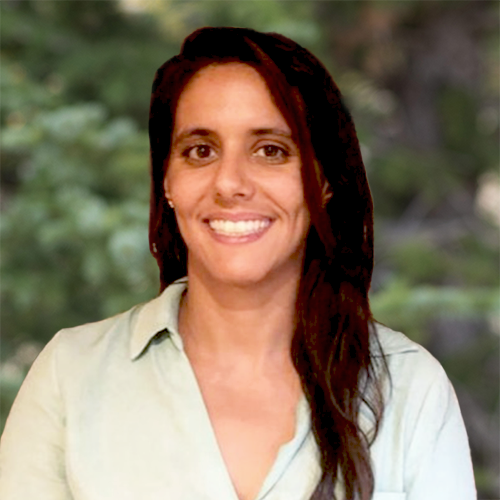Ashley Ellenson, Ph.D. Project Scientist
Dr. Ashley Ellenson is a project scientist in Integral’s Marine Science and Engineering group, contributing her expertise to coastal risk assessment and marine science technology development projects. Her role involves comprehensive data processing and analysis to support these initiatives. In the realm of coastal risk and resilience projects, Dr. Ellenson leverages her expert understanding of nearshore physical phenomena. This expertise enables her to assess coastal hazard levels for vulnerability assessments. As a data analyst, Dr. Ellenson tackles complex questions related to marine conditions. She excels in developing efficient workflows that integrate diverse data sources and empl...
Dr. Ashley Ellenson is a project scientist in Integral’s Marine Science and Engineering group, contributing her expertise to coastal risk assessment and marine science technology development projects. Her role involves comprehensive data processing and analysis to support these initiatives. In the realm of coastal risk and resilience projects, Dr. Ellenson leverages her expert understanding of nearshore physical phenomena. This expertise enables her to assess coastal hazard levels for vulnerability assessments. As a data analyst, Dr. Ellenson tackles complex questions related to marine conditions. She excels in developing efficient workflows that integrate diverse data sources and employ various processing techniques to extract valuable insights from intricate data sets. Dr. Ellenson is a graduate of Oregon State University’s Coastal and Ocean Engineering program, complemented by a minor in risk and uncertainty quantification. Her doctoral dissertation showcased her innovative application of machine learning techniques to marine science imagery and observations. She has published several journal articles and has served as a peer reviewer for articles that combine machine learning and coastal science content.


